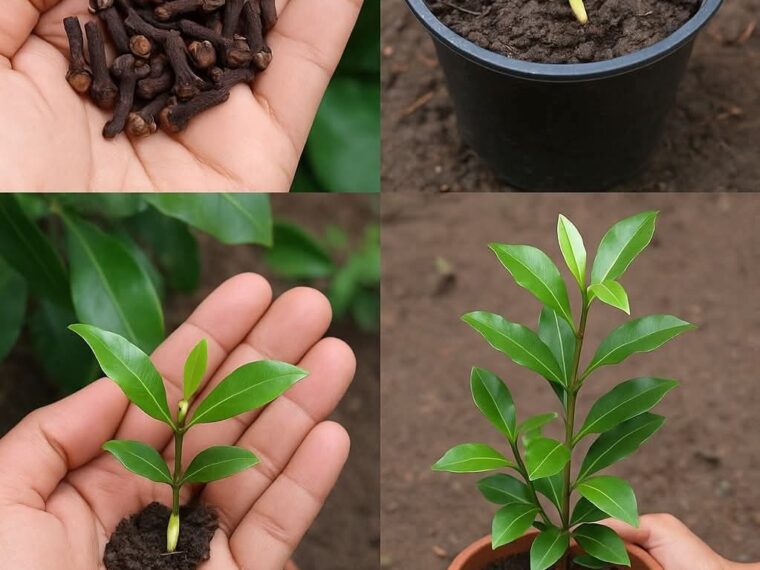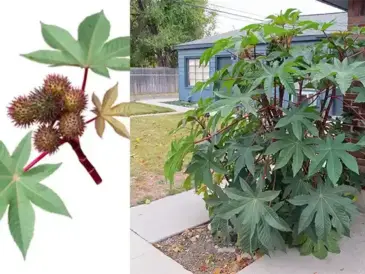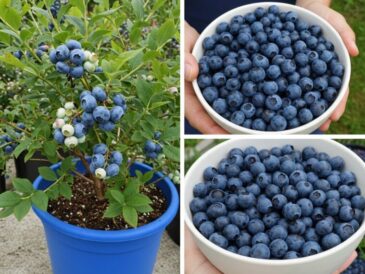Cloves are one of the world’s most beloved spices, known for their warm aroma, rich flavor, and powerful medicinal benefits. Beyond their culinary uses, cloves can also serve as a natural fragrance for your home, filling the air with a refreshing, spicy scent. What many people don’t know is that cloves come from the flower buds of the clove tree (Syzygium aromaticum), a tropical evergreen native to Indonesia. With a little patience and care, you can grow your own clove plant at home—starting right from the seeds.
🌱 Why Grow Cloves at Home?
- Natural Air Freshener
The leaves, buds, and even stems of the clove tree release a pleasant, spicy aroma that naturally perfumes your living space. - Culinary Use
Once mature, the tree produces dried buds (cloves) that can be used in cooking, baking, or making teas and infusions. - Medicinal Benefits
Cloves are rich in antioxidants and eugenol, a compound known for its antibacterial, anti-inflammatory, and pain-relieving properties. - Sustainable & Decorative
The clove tree, with its glossy green leaves and fragrant blossoms, makes for an attractive and environmentally friendly houseplant.
🌿 Step 1: Sourcing Fresh Clove Seeds
Cloves are usually harvested and dried before sale, so it can be tricky to find viable seeds. You’ll need fresh clove seeds or un-dried clove buds. These can sometimes be sourced from:
- Specialty nurseries
- Online tropical seed suppliers
- Local botanical gardens or growers
👉 Important: Dried cloves from the spice aisle will not germinate.
🌿 Step 2: Preparing the Seeds
- Soak the fresh seeds in water for 24 hours to soften the outer coating.
- Discard any seeds that float, as these are likely not viable.
- Prepare a seed tray or small pots with a mix of loamy soil, compost, and sand to ensure good drainage.
🌿 Step 3: Planting the Seeds
- Place the seeds 1–2 cm deep in the soil.
- Keep the soil moist but not waterlogged.
- Cover the pots lightly with plastic wrap or place them in a propagator to maintain humidity.
Clove seeds can take 4–6 weeks to germinate, so patience is key.
🌿 Step 4: Caring for Your Clove Seedlings
TO CONTINUE READING THE ARTICLE PLEASE SEE PAGE 2





